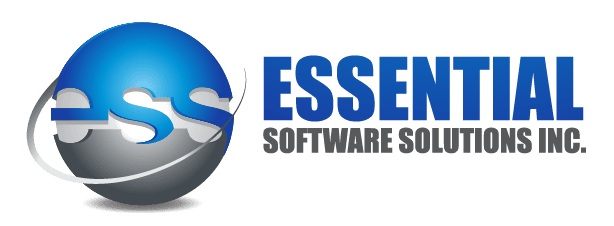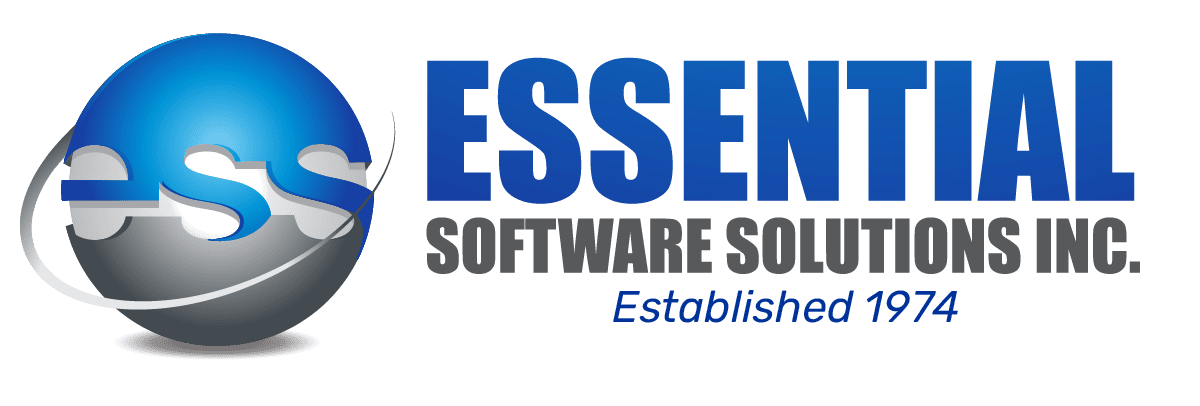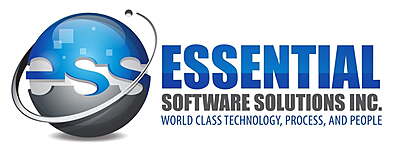The Total Cost of Ownership in any ERP Investment
The Total Cost of Ownership in any ERP Investment
When evaluating ERP solutions, the initial price tag is only the beginning. An informed decision requires a review of the Total Cost of Ownership (TCO)—an estimate that includes both direct and indirect expenses over the life of the system.
Break Down the Direct Costs
Start by identifying the upfront expenses:
Costs can escalate with factors like scope creep, delayed timelines, or underestimating the technical resources required. Careful evaluation of ERP vendors, deployment models (cloud vs. on-premise), and early negotiation of contract terms can help you minimize these costs.
Account for Indirect and Ongoing Post
Many ERP-related costs only surface after go-live. These include:
- Support and maintenance: Software updates, bug fixes, and ongoing vendor support.
- Technical consulting: Third-party experts brought in to address issues or optimize performance.
- Organizational change management (OCM): The effort needed to train employees, manage resistance, and align new processes with business goals.
- Data migration: Cleansing, mapping, and transferring data from legacy systems into the new platform.
- System integration: Connecting your ERP with other enterprise systems or third-party tools, which may require custom development.
To reduce these costs, is it best to plan early.
Evaluate the Long-Term Benefits
TCO is not just about spending, it’s about return on investment (ROI). ERP systems can generate long-term positive cash flow by:
- Reducing manual processes and operational inefficiencies
- Enhancing decision-making through improved data visibility
- Increasing throughput without increasing overhead
- Uncovering new profit opportunities or revenue streams
You can estimate potential gains using an ROI calculator. This comparison of costs vs. benefits provides a balanced view of your ERP’s true value.
Plan for Scalability and Future Growth
An often-overlooked driver of ERP cost is future adaptability. Your ERP system should grow as your organization grows. Scalability ensures that as your business evolves, you won’t nickel and dimed by upgrades, system replacements, or migrations down the road. Choose a system that supports modular expansion, flexible integrations, and can evolve to accommodate compliance standards.
Final Thoughts
Knowing the total cost of ownership in ERP projects is essential to building a sound business case. By considering both initial and recurring costs, evaluating potential benefits, and planning for long-term scalability, organizations can make informed decisions and set realistic expectations.
A well-managed ERP investment not only controls costs, it also drives sustainable growth, operational resilience, and competitive advantage.
Articles

Talk with an ERP advisor
Do you have questions about ERP selection, ERP implementation, ERP trainings or any other issues with digital transformation? Talk with one of our advisor, we'd be glad to help you.
Don't hesitate to contact. Our client policy is 'no string attached'.











